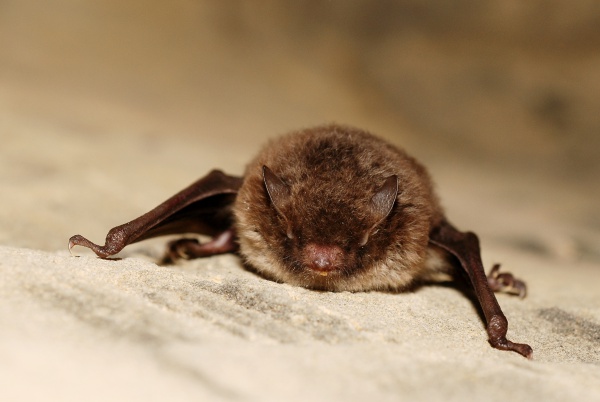Facts About Daubenton's bat
Daubenton's bat is a captivating species found throughout Eurasia, including regions such as Ireland, Europe, Japan, and Korea. Notable for its distinctive short ears, this bat was first described in 1817 by Heinrich Kuhl, who named it in honor of the French naturalist Louis-Jean-Marie Daubenton.
These medium-sized bats exhibit a unique appearance, featuring brownish-grey fur on their backs and silvery-grey fur on their undersides. Their faces are a reddish-pink, and they have dark brown wings and tail membranes. Typically, they measure between 45 to 55 mm in length, have a wingspan ranging from 240 to 275 mm, and weigh between 7 and 15 grams.
Daubenton's bats prefer woodlands near water sources such as rivers or canals. During the summer, they form colonies in caves, tunnels, and bridges close to water, and they hibernate in similar locations from September to late March or April.
These bats are insectivores, relying on echolocation to hunt for their prey, which includes non-biting midges, small flies, mayflies, and moths. Their echolocation calls range between 32 and 85 kHz, with typical calls peaking at 45 to 50 kHz. They frequently catch their meals while flying over water.
Breeding occurs in the autumn, with females gathering in maternity colonies during June and July. The young bats are capable of flight about three weeks after birth and become independent at around 6 to 8 weeks old.
Unfortunately, Daubenton's bat is endangered in Germany and Austria and is protected under wildlife conservation laws in Britain. Despite these challenges, they continue to thrive in many areas thanks to their adaptability and distinctive behaviors.

 Serbia
Serbia